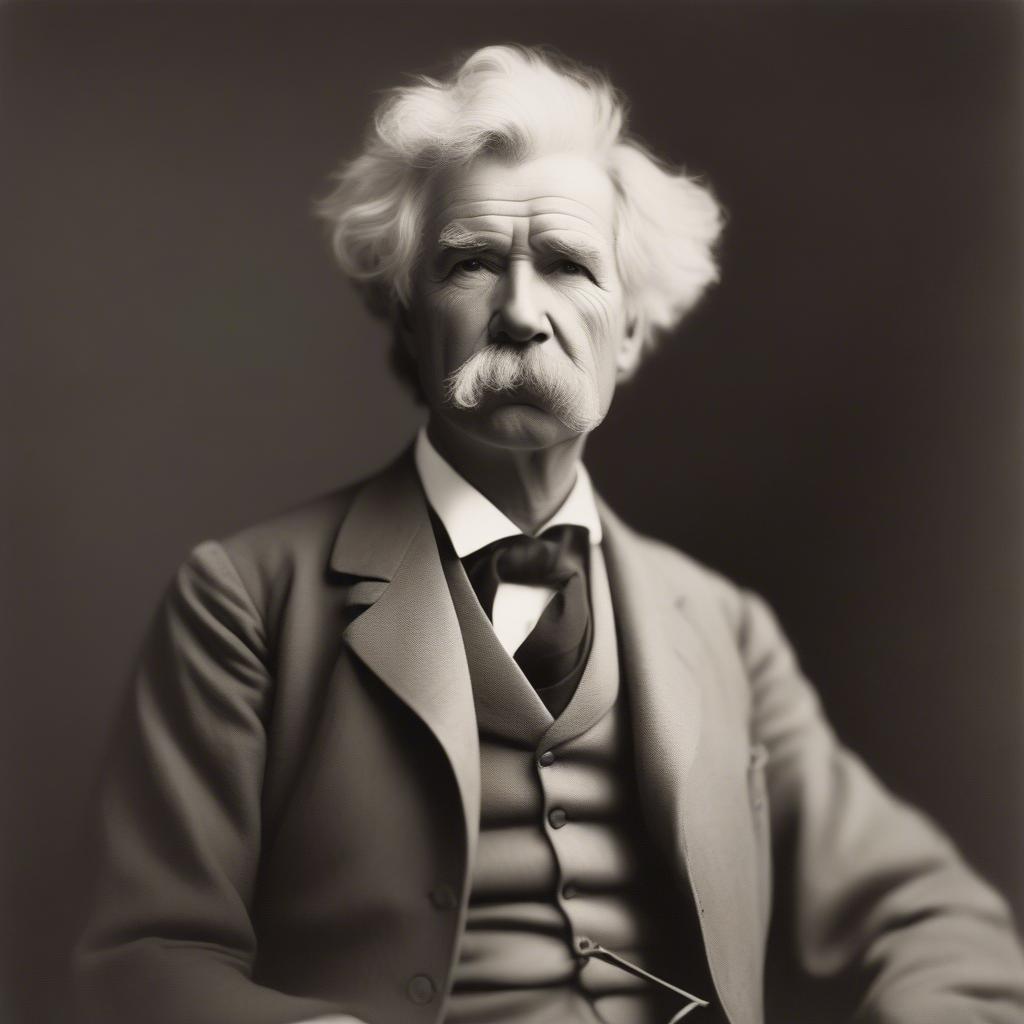The question of Who Is The Oldest Fictional Character Still Active today sparks a fascinating journey through literary history, mythology, and folklore. Determining the definitive “oldest” requires careful consideration of what constitutes “active” and how we define a character’s continued existence. Are we talking about characters who consistently appear in new works, or those whose stories are perpetually retold and reinterpreted across generations?
Table Content:
- Delving into the Depths of Literary Antiquity: Uncovering the Oldest Fictional Characters
- The Enduring Presence of Mythological Figures
- Literary Titans: Exploring Characters from Written Works
- Defining “Active”: What Constitutes Continued Existence for a Fictional Character?
- The Timeless Appeal of Archetypal Characters
- Modern Interpretations and Reboots: Keeping Characters Alive
- Who Holds the Title? The Ongoing Debate
- Conclusion: A Legacy of Storytelling
- FAQ
Delving into the Depths of Literary Antiquity: Uncovering the Oldest Fictional Characters
To understand who is the oldest fictional character still active, we need to differentiate between characters originating in oral traditions and those born from written literature. Oral traditions, passed down through generations, often feature figures whose origins are shrouded in the mists of time. These characters, shaped and reshaped by each storyteller, possess a fluidity that makes pinpointing their exact age challenging.
The Enduring Presence of Mythological Figures
Mythological figures like the Sumerian goddess Inanna, later known as Ishtar in Babylonian mythology and associated with the Greek Aphrodite and Roman Venus, represent some of the earliest known fictional characters. Inanna’s stories, dating back to the 3rd millennium BC, continue to be studied and reinterpreted today, keeping her narrative alive in academic circles and inspiring contemporary artists.  Inanna, Sumerian Goddess of Love and War
Inanna, Sumerian Goddess of Love and War
Literary Titans: Exploring Characters from Written Works
The development of writing systems allowed for the creation of more fixed narratives, enabling characters to retain consistent characteristics across different tellings. The Epic of Gilgamesh, dating back to around 2100 BC, features the eponymous king Gilgamesh, a semi-mythical figure whose quest for immortality resonates with audiences even today. While Gilgamesh may not be “active” in the same way as a modern comic book character, his story continues to be read, adapted, and analyzed, solidifying his place among the oldest fictional characters still relevant.  Gilgamesh in the Epic of Gilgamesh
Gilgamesh in the Epic of Gilgamesh
Defining “Active”: What Constitutes Continued Existence for a Fictional Character?
The concept of an “active” character is open to interpretation. For some, it implies regular appearances in new stories or adaptations. For others, it encompasses a character’s enduring cultural relevance and continued influence on contemporary works.
The Timeless Appeal of Archetypal Characters
Certain characters, like the trickster figure found in countless cultures, embody universal archetypes that transcend specific narratives. These archetypes, while not tied to a single character, persist through time, informing the creation of new characters and shaping the narratives we tell.
“Understanding the enduring appeal of archetypal characters is crucial to understanding the longevity of fictional figures,” says Dr. Eleanor Vance, Professor of Comparative Literature at the University of Edinburgh. “These archetypes tap into fundamental human experiences and emotions, ensuring their continued relevance across generations.”
Modern Interpretations and Reboots: Keeping Characters Alive
Characters like Sherlock Holmes, created by Sir Arthur Conan Doyle in the late 19th century, remain “active” through countless adaptations, reboots, and fan-created content. Holmes’s sharp intellect and deductive reasoning continue to captivate audiences, making him a prime example of a character whose enduring popularity keeps him firmly in the public consciousness.
Who Holds the Title? The Ongoing Debate
Determining the absolute oldest fictional character still active is a complex and perhaps ultimately unanswerable question. However, by exploring the enduring presence of mythological figures and literary heroes, we gain a deeper appreciation for the power of storytelling and the remarkable longevity of certain characters.
“The question of who is the oldest isn’t as important as understanding why these characters endure,” notes Dr. Thomas Ashton, a folklore scholar at the University of California, Berkeley. “Their continued relevance speaks to the enduring power of human storytelling and our need to connect with narratives that transcend time and culture.”
Conclusion: A Legacy of Storytelling
The quest to identify who is the oldest fictional character still active leads us on a fascinating exploration of literary and cultural history. While a definitive answer may remain elusive, the journey itself illuminates the enduring power of storytelling and the remarkable resilience of characters whose narratives continue to resonate with audiences across centuries. The oldest characters, in a sense, are not merely figures in stories, but reflections of humanity’s enduring search for meaning and connection.
FAQ
Who is considered the oldest mythological character? Determining the absolute oldest is difficult due to the nature of oral traditions. However, figures like Inanna from Sumerian mythology are among the earliest known.
How does a fictional character stay “active”? Characters stay active through continued appearances in new works, adaptations, reboots, and by maintaining cultural relevance.
Why are ancient characters still relevant today? Many ancient characters embody universal themes and archetypes that resonate with human experiences across time and cultures.
Does “active” mean the same thing for mythological characters and literary characters? The definition of “active” can differ. For mythological characters, it might mean continued cultural significance, while for literary characters, it could involve ongoing appearances in new stories.
Besides age, what makes a fictional character significant? A character’s significance can stem from their complexity, their impact on the narrative, their cultural relevance, and their embodiment of universal themes.
Is there a definitive answer to who is the oldest fictional character? Due to the complexities of defining “oldest” and “active,” a definitive answer remains elusive. The question invites ongoing debate and exploration.
Where can I learn more about ancient mythology and literature? Resources like academic journals, museums, libraries, and online databases offer extensive information on these topics.
